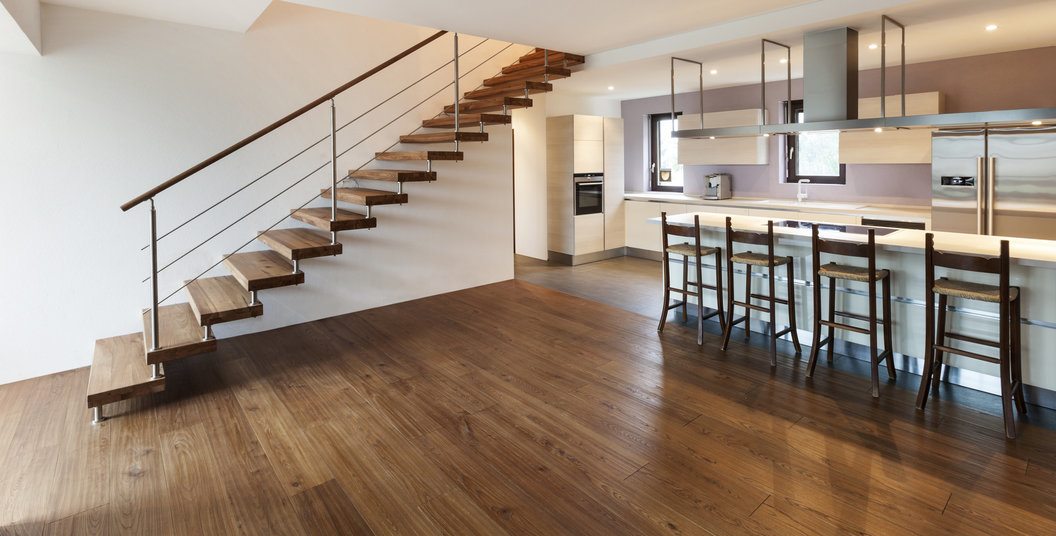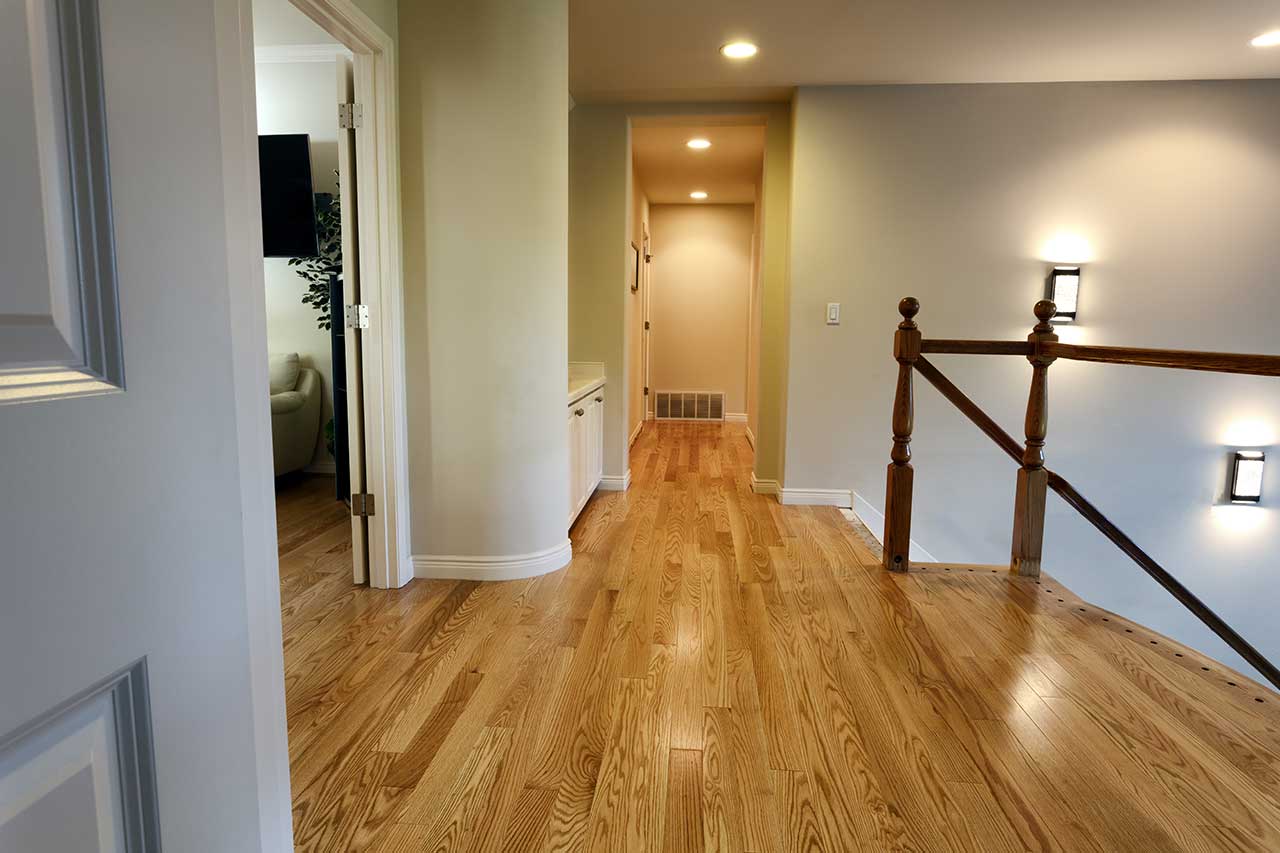

When it comes to the last row or installing under door casings, the groove has to be altered by shaving so the boards can slide into place. These floor types do present one problem, also common with click type floating systems. Any damage caused by tapping can alter the integrity of the lock and fold functions. Care should be brought to attention as these systems are more fragile (before installation) than older more common products. Depending on product quality, a tapping block may be necessary to insure a tight, gap free installation. Once it appears tight, downward pressure is placed on the new plank for the system to connect or lock. Angle insertion allows the boards to easily accept one another. Even a small protruding subfloor nail can keep the locking system from functioning properly.įor additional rows, boards are inserted by tongue into groove at an angle. This is why a flat subfloor is important. They remain connected and will not loosen unless force is applied from underneath. The groove system has a small slotted area that accepts additional boards that contain a small ridge that holds the two together once they are engaged. Adjacent end pieces are placed next to each other. Unlike more common glued floating products, this system requires the groove facing out from the starting wall. Since that time, nearly every major manufacturer has added some variation to the original idea. Industry leader Bruce was the first to introduce the lock and fold function through Home Depot and Lowes in early 2007. There is absolutely no doubt these lock and folds could be the DIY solution of the future as we cannot think or find a more simple application for all types of flooring.

Any irregularities can cause the locking mechanisms to malfunction or not lock entirely. They are similar to other floating products in that they require a sound, flat and clean subfloor to work with. Locking wood floor systems that have a special milled interlocking system built in. The Most Popular Floating Floor Today - Lock & Fold


 0 kommentar(er)
0 kommentar(er)
